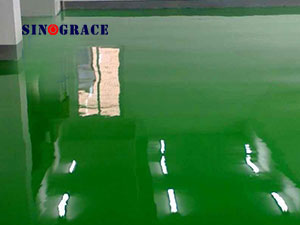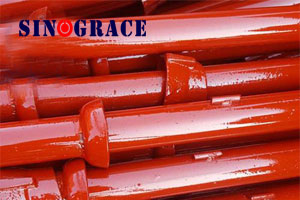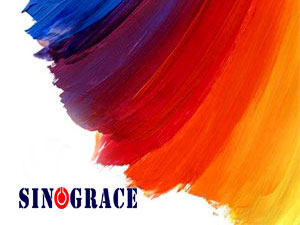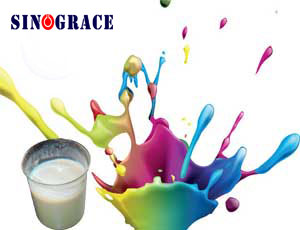Classification and characteristics of waterborne coatings - Waterborne acrylic coatings
Classification and characteristics of waterborne coatings - Waterborne acrylic coatings The emulsifier that USES when polymerization can be anionic, also can be nonionic or cationic, corresponding latex and the lacquer that make also can call anionic, nonionic or cationic. Acrylic waterborne wood lacquer is a variety of applications that have been used earlier and are still in large quantities. Since the beginning of the widespread introduction of acrylic architectural latex paints in the 1970s, waterborne acrylic wood lacquers have also appeared on the market. Acrylic emulsion is formed by polymerization of vinyl monomers with acrylate monomers as main monomers. Various additives such as an emulsifier, a stabilizer, and a pH adjuster are added during the polymerization, and the system is quite complicated. The distribution of hard and soft chain segments of polymer molecules in emulsion particles can be controlled by using different monomers, adjusting the dosage and changing the feeding method, so as to obtain emulsions with different vitrification temperature (Tg) or different minimum film-forming temperature (MFFT). The emulsifier used in the polymerization may be anionic or nonionic or cationic, and the corresponding emulsion and the resulting lacquer may also be referred to as anionic, nonionic or cationic. Acrylic emulsion is obtained by polymerization of acrylic monomer only, and the paint is called pure acrylic water paint. Other vinyl monomers can be added to modify the emulsion during polymerization. For example, styrene can be added to improve the hardness of paint film and reduce the cost. Fluorine-containing and silicon-containing monomers were introduced to improve the surface properties of the film, reduce the surface free energy of the film, and improve the hydrophobicity and stain resistance. Thus the production of benzene acrylic water based paint, fluorocarbon water based paint, silicon acrylic water based paint and other varieties. The paint film made of acrylic emulsion has good weather resistance, is not easy to yellow, has high hardness and good gloss. However, its main disadvantage is that the anti-blocking property is poor, and it is prone to hot sticky and brittle. When the hardness is too high, the low-temperature film forming property is not good, and it is difficult to carry out coating construction in winter. Further improving and improving the properties of the acrylic emulsion by self-cross linking polymerization, soap-free polymerization, core-shell polymerization, etc., especially using the core-shell technique, the emulsion particles are made into a hard core soft shell or a soft core hard shell structure, and even The multi-layer structure of soft and hard to meet the needs of different construction and use conditions. Sinograce Chemical produces water based coating,Water-based glue, polyurethane coating,Acrylic solution . visit us sinograce chemical: https://www.sinogracechem.com Get a Quote No...
read more

 English
English français
français русский
русский español
español العربية
العربية








